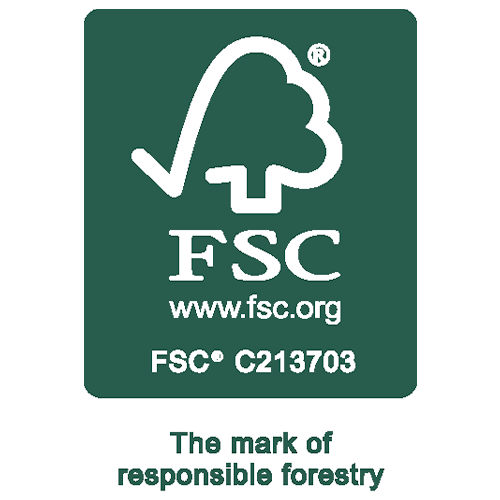Gutchess Lumber Co., Inc.’s “Words from Woods” series consists of a monthly article written by our fifth-generation President and Chairman Matthew Gutchess. This is the fourth article in the series.
As I mentioned in earlier blog posts, in the summer of 2017, I was very curious what the Deerfield woodlot would look like, having seen virtually nothing of it since the 1980s. In my inexperienced way, I had to walk both halves of the stand several times before drawing some tentative conclusions:
- There were some really big sugar maple trees in there! Most in the upper woods were in excess of 24 inches diameter at breast height (dbh); some were 36 inches or more. Pole trees and saplings on the other hand were few. In the lower woods this species was almost as prevalent but almost all below timber size.
- There were Beech trees of all sizes in the upper woods—some in pure stands—including pockets of very thick brush spreading right out into the old truck trail around the fence, intensely shading the ground. Not a single stem could be found in the lower woods, likely because this ground—unlike the upper woods—was once cleared.
- There were White Ash trees of all sizes, but primarily in the 14-24 dbh range. Pole trees were more common in more open sections of the lower woods.
- The Black Cherry distribution was similar to the ash. Again, trees were generally largest in the upper woods.
- The Red Oak was more concentrated in certain areas (and as I mentioned in my second blog post, some in the lower woods had been planted in rows. The planted trees had a similarly wide dbh range to the naturally regenerated Red Oak of the upper woods). Most Red Oak was not overly large.
- Some poplar trees too might have been planted, but more seemed to grow at random; all were found in the lower woods, and were presumably of about equal age. Very few Poplars were smaller than 16 inches dbh.
- Some Red Maple, Basswood, Shagbark Hickory, Butternut, and White Pine were present, but few and widely scattered. I found no Birch or White Oak.
- My most pleasantly surprising find was Black Walnut, which I first discovered—some of the larger possibly planted—in two small stands of the lower woods. One small stand in the upper woods was certainly planted, as some of the original pots remained on the ground. Along with one large tree planted on an open hillside, these trees combined to drop huge quantities of Walnuts in 2017 and 2019, but virtually none in 2018 or 2020: an effective squirrel population management strategy in action?
This Walnut of all sizes was nothing I’d ever found in any woods before; I identified it almost through a process of elimination. Initially I confused it with some nearby dense stands of Black Locust, only realizing the two species differed when these (mostly smaller) invasive trees dropped no Walnuts in the fall. Later I noticed that, while slow to leaf out in the spring relative to many other species, Walnut does leaf out several weeks before Black Locust (at least in my woods).
My walks that summer confirmed that nothing had been cut in at least 25 years, probably too long of a time. The upper woods lacked healthy regeneration of anything but deer-resistant Beech, and the lower woods—where overall growth was better—were generally too crowded for the most vigorous stems to have ample room to grow into maturity. Both halves were riddled with enough invasives—which I will discuss next month—to crowd out the native species within a short amount of time. To address these problems, it was clear to me that we needed a harvest.
Matt

